Granite Product and Delivery Processes
Granite products are widely recognized for their durability, elegance, and versatility, making them a popular choice in various industries, especially in home construction and design.
The granite product and delivery processes are crucial to ensuring the end customer receives high-quality, precisely cut stone that fits their needs.

From the quarry to installation, each step in the granite supply chain is vital to the final product. In this comprehensive guide, we’ll walk through everything you need to know about granite products, how they are made, where to purchase them, who they are best suited for, how to maintain them, and much more.
What is Granite and How is it Made?
Granite is an igneous rock composed mainly of quartz, feldspar, and mica. Known for its strength and unique aesthetic qualities, granite forms over millions of years as magma cools beneath the Earth’s surface. It is one of the hardest natural stones, making it highly resistant to scratches, heat, and stains.
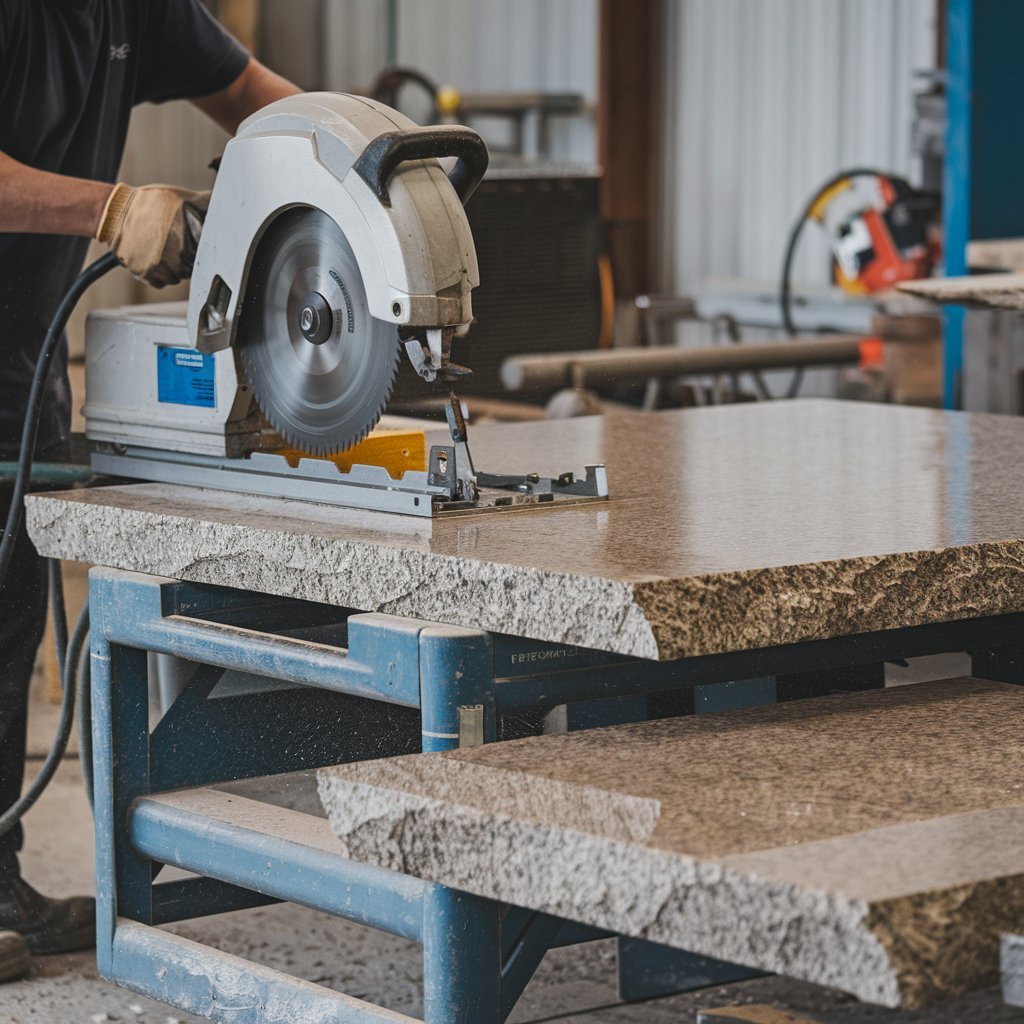
The Granite Formation Process
The Granite Formation Process
Once granite has been formed in the Earth’s crust, it’s extracted from quarries, which are large open-pit mining operations where granite is cut into blocks. These blocks are then transported to stone processing facilities, where they are further cut into slabs or tiles of various sizes to be used for countertops, flooring, and other applications.
How Granite Products are Manufactured
The manufacturing process of granite products involves several stages to ensure that each piece is polished, shaped, and finished to perfection. Here’s a breakdown of the key steps involved:
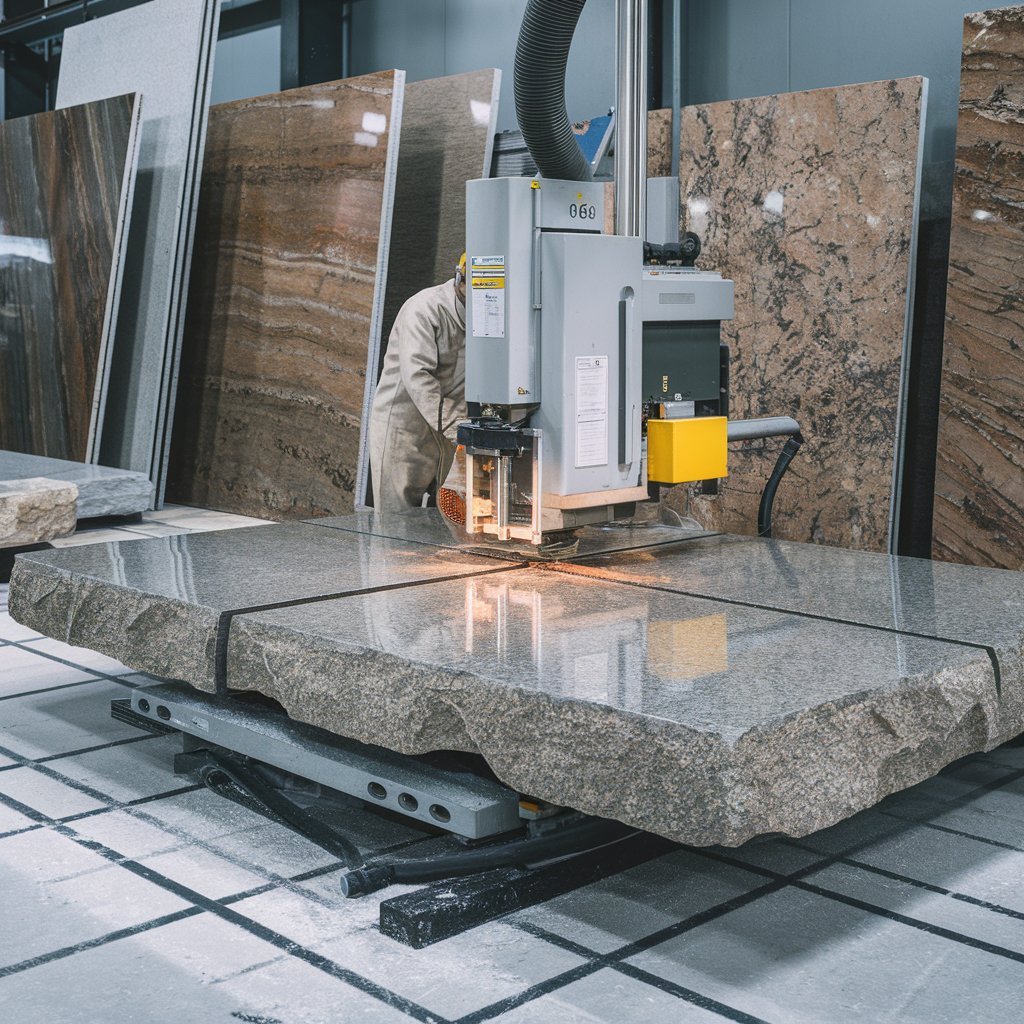
1. Quarrying
1. Quarrying
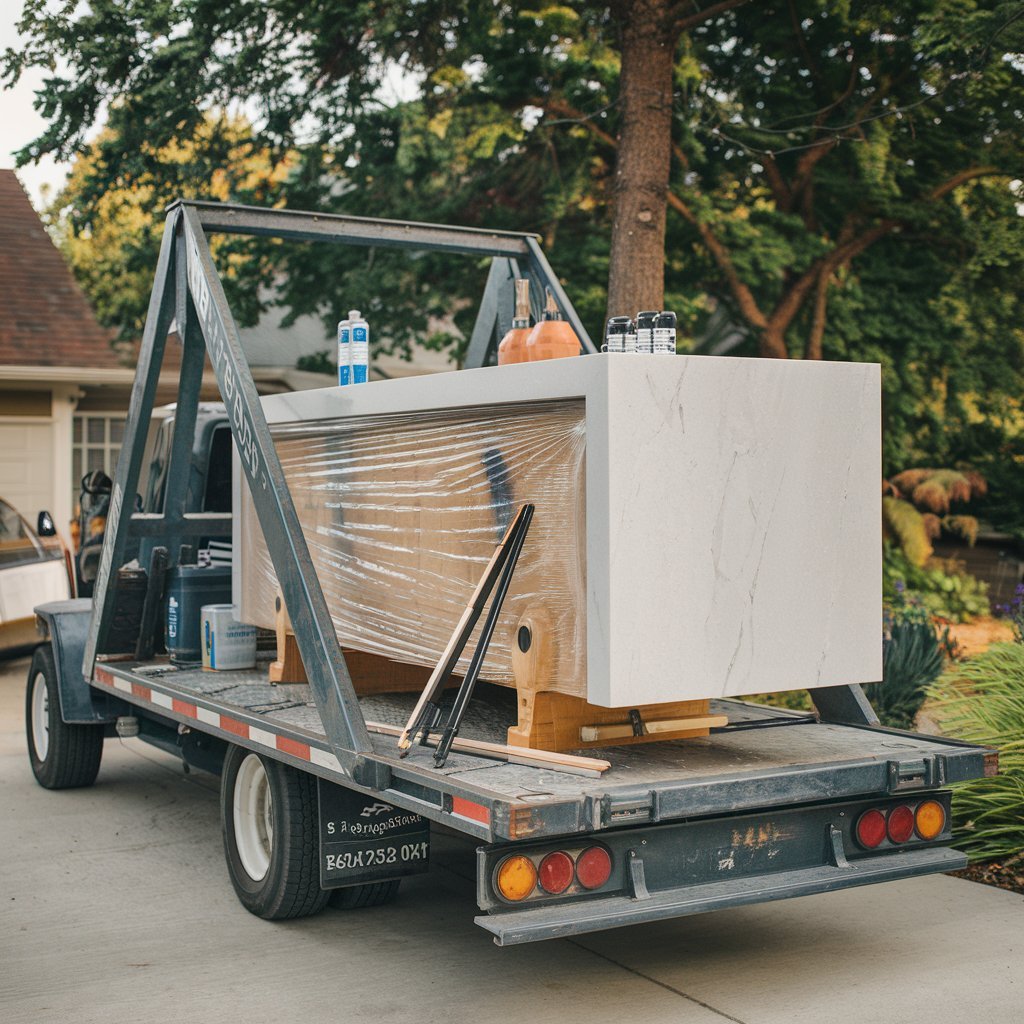
3. Polishing and Finishing
3. Polishing and Finishing
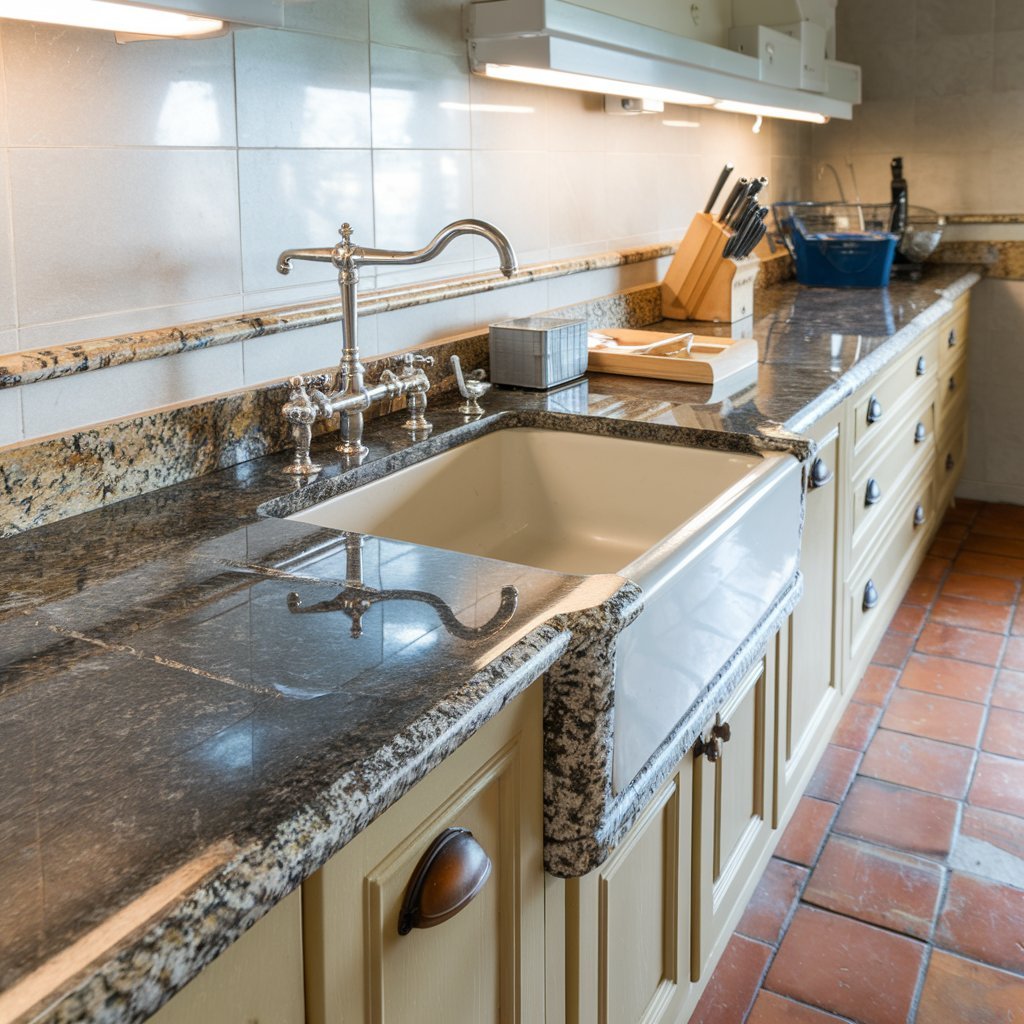
2. Cutting and Shaping
2. Cutting and Shaping

4. Edge Detailing
4. Edge Detailing
5. Quality Control
Before granite products are delivered to customers, they undergo rigorous quality control testing. This ensures that the stone meets all required standards for size, color consistency, and structural integrity. Any slabs with defects or imperfections are discarded, ensuring that only the best-quality granite is sent to the customer.
Where to Buy Granite Products
Granite products can be purchased from a variety of sources, depending on your location and the specific needs of your project. Here are some common places to buy granite:
Local Stone Suppliers and Showrooms
Visiting a local stone supplier or showroom is one of the best ways to find granite products. These showrooms typically offer a wide selection of granite slabs and tiles in various colors, patterns, and finishes. You can view the slabs in person, ensuring that you’re getting the exact stone you want for your project. Showrooms also allow you to ask questions about the stone, its properties, and the delivery process.
Online Retailers
For those who prefer shopping from the comfort of their home, online retailers offer a broad selection of granite products. Websites like Granite Selection, Stone Marble Granite, and other specialized online suppliers provide detailed descriptions and photos of granite slabs and tiles. Some online retailers also offer samples to help customers make informed decisions.
Home Improvement Stores
Major home improvement chains such as Home Depot, Lowe’s, and others often carry a limited selection of granite products, including countertops and tiles. While these stores may not have the extensive variety found at specialized suppliers, they are convenient for smaller projects or for homeowners who need granite in a pinch.
Who is Granite Suitable For?
Granite products are suitable for a wide range of people, from homeowners to commercial builders, due to their durability and aesthetic appeal. Here’s a look at who granite is best for:
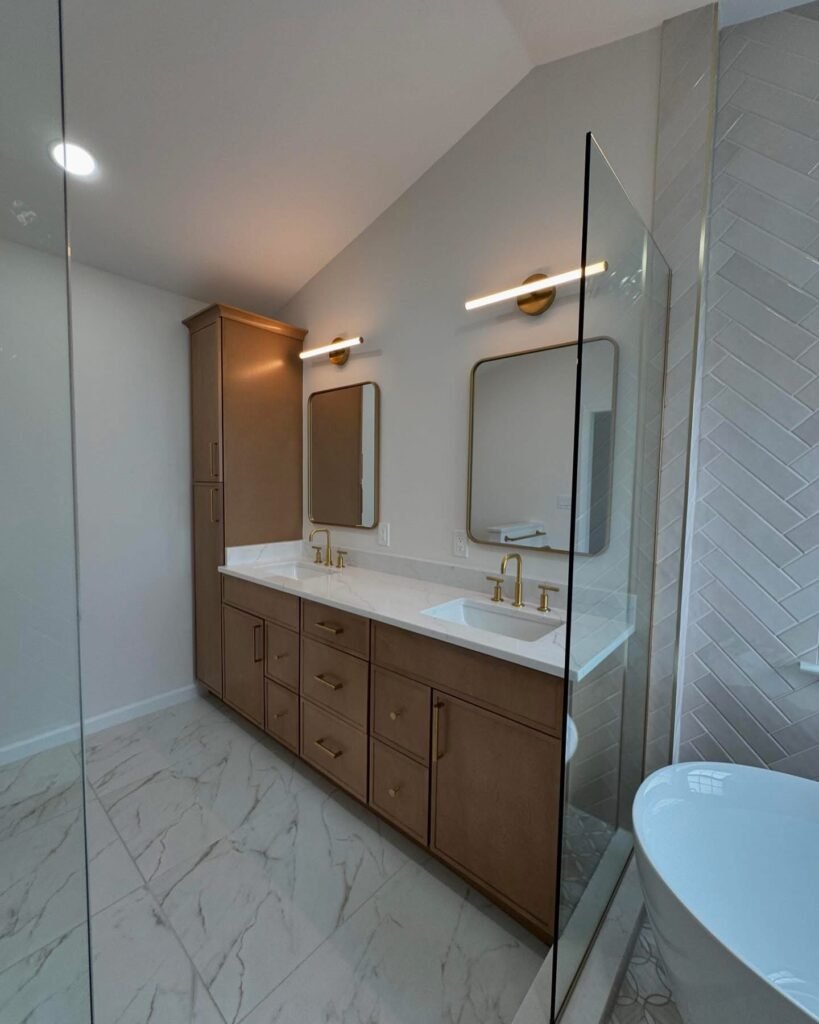
Homeowners
Granite is ideal for homeowners who are renovating or designing their homes. Its timeless elegance makes it perfect for high-end kitchen countertops, bathroom vanities, and even flooring. Granite adds value to a property, making it an investment for homeowners looking to enhance the beauty and functionality of their living space.
Contractors and Builders
Granite is a go-to material for contractors and builders due to its versatility and longevity. Builders use granite for both residential and commercial projects because of its durability and ability to withstand heavy traffic. Granite is a common choice for public spaces, office buildings, and luxury homes.
Designers and Architects
Designers and architects often use granite in their projects because of the wide range of colors and finishes available. Granite can be incorporated into various design styles, from traditional to contemporary, making it a versatile material for creative professionals.
How to Clean and Maintain Granite Products
Granite is relatively low maintenance, but it’s essential to clean and maintain it properly to ensure it lasts for many years. Here are some tips for keeping your granite products in top condition:
Daily Cleaning
For everyday cleaning, simply use a soft cloth or sponge with warm water and a mild dish soap. Avoid using abrasive cleaners or scrubbing pads that could scratch the surface. After cleaning, dry the granite with a soft cloth to avoid water spots.
Sealing
Granite is a porous stone, meaning it can absorb liquids if not sealed properly. It’s important to seal your granite countertops or other surfaces every 1-2 years to prevent stains from liquids like oil, wine, or coffee. Sealing helps maintain the stone’s resistance to moisture and keeps it looking new.
Deep Cleaning
Occasionally, you may need to perform a deep cleaning to remove stubborn stains or grime. Use a granite-safe cleaner, which is specially formulated to clean natural stone surfaces without damaging them. For particularly tough stains, a mixture of baking soda and water can help remove oil stains.
Avoiding Damage
While granite is durable, it’s essential to protect it from potential damage. Always use cutting boards when preparing food and avoid placing hot pots directly on the surface. Additionally, using trivets under hot pans will prevent heat damage.
Customer Reviews: What People Are Saying About Granite
Granite’s reputation for durability and beauty is reflected in the feedback from customers who have installed it in their homes or businesses. Here are a few reviews:

Emily H., Homeowner: “We installed granite countertops in our kitchen, and they look stunning! It’s incredibly durable and easy to clean, which is perfect for a busy family kitchen. We’ve had them for over five years, and they still look brand new.”
James T., Contractor: “I’ve been using granite in my projects for years. It’s a fantastic material for both residential and commercial applications. Clients love the wide variety of colors, and it holds up really well in high-traffic areas.”
Megan W., Interior Designer: “Granite is always my first choice for luxury properties. The natural stone provides a level of elegance that can’t be matched by synthetic materials, and its durability makes it an ideal choice for kitchen and bathroom designs.”
Frequently Asked Questions (FAQs)
How long does granite last?
Granite is a very durable material that can last for decades with proper care. In fact, granite surfaces can last a lifetime when maintained correctly.
Can granite be repaired if damaged?
Yes, granite can be repaired if it’s chipped or cracked. Professional repair services can fill in cracks and restore the stone to its original condition.
Is granite heat-resistant?
Yes, granite is highly heat-resistant and can withstand hot pans and pots without damage. However, it’s still recommended to use trivets or heat pads to protect the surface from extreme temperature changes.
Does granite stain easily?
Granite is resistant to stains, but it can absorb liquids if not properly sealed. Sealing your granite surfaces regularly helps prevent staining.
Can granite be used outdoors?
Yes, granite is an excellent choice for outdoor applications. Its durability and resistance to weathering make it ideal for use in outdoor kitchens, patios, and garden walls.
Granite products offer a combination of timeless beauty, durability, and functionality that makes them an excellent choice for both residential and commercial applications. Whether you’re designing your dream kitchen, renovating your bathroom, or working on a large-scale construction project, granite is a material that delivers lasting results. By understanding the granite product and delivery processes, you can ensure that you’re getting high-quality stone for your project that will stand the test of time.


